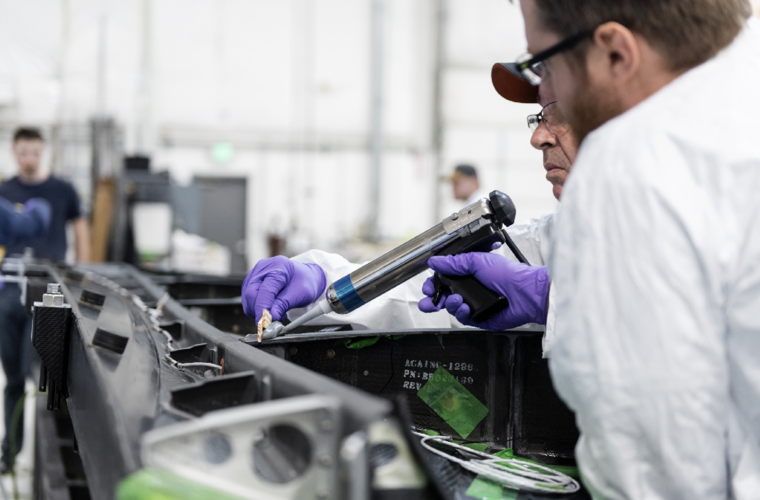If you say so, I'm ready to accept it.
There was one British early SST concept which cruise speed was Mach 1.15, but can't remember which constructor / project number it was.
Take your pick for the lower-end of the speed range:
AWA AW.P13 - Mach 1.2, 1956
Bristol Type 198 - started at Mach 1.3 with M-wing and ended up a Mach 1.8 delta, 1956
DH DH.130 - Mach 1.15 cruising with VG wings, 150 economy passengers, 2,350nm range, with Super Conway engines - this design morphed into the VG-wing HS.1101 from the Kingston Advanced Projects group in the 1960s, Mach 1.15 cruise, 160 passengers, 2,500nm range and no ground sonic boom
HP H.P.128 - Mach 1.15 cruising without ground sonic boom, 90-125 passengers, designed for 500 mile stage lengths, 3x Spey, 1962-64
The Supersonic Transport Aircraft Committee in 1956 wanted studies of medium-range 100-seat Mach 1.2 and longer-range 150-seat Mach 1.8 airliners, which is why the the companies split their efforts and the larger type won out to become Concorde. Barnes Wallis at Vickers was very much in the high-speed very long-range camp beyond the STAC types but quite a few manufacturers did tinker with Mach 2.2-3 designs.
But it seems that de Havilland and Handley Page by the early 1960s were both thinking of Mach 1.15 cruise with off-the-shelf engines and no boom at ground level.










